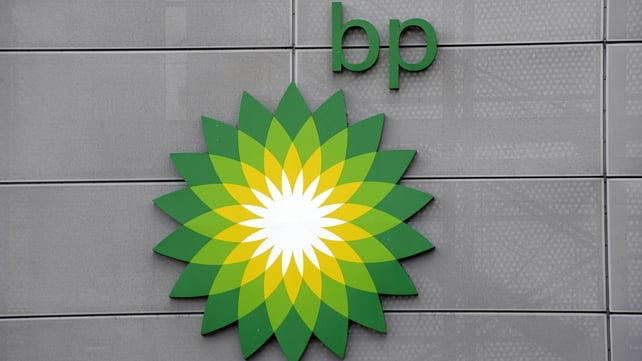KEY POINTS
- BP’s profits fall to a near four-year low due to weak oil demand.
- Company shifts focus to high-margin ventures, slowing renewables growth.
- BP’s rising debt levels raise investor concerns amid strategy shift.
With third-quarter profits down 30 percent to $2.3 billion, BP had its lowest profits in over four years. Investors are worried about the energy giant’s energy transition plan as a result of worse refining margins and a downturn in oil consumption, especially in China.
Since taking over as CEO in January, Murray Auchincloss has made streamlining and concentrating BP’s operations a top priority. He responded to investors’ worries about BP’s future expansion by saying, “We’ve made significant progress, but the market remains challenging.”
BP pledged to continue its $1.75 billion share buyback program and to retain its dividend at 8 cents per share in spite of the decline in earnings. In stark contrast to rival Shell’s 1.3 percent decline, BP’s shares ended the day 5 percent lower.
Refining margins and debt levels weigh on BP
BP’s net income for the quarter was $2.27 billion, which was a considerable decrease from the $3.3 billion reported a year earlier but marginally higher than analyst estimates. Similar pressures are being felt by refiners around the world, as the post-pandemic decline in demand for oil products has caused profit margins to fall to multi-year lows.
“Refining margins are terrible at the moment, and preliminary indications indicate the fourth quarter may be equally challenging,” Auchincloss said.
According to Reuters, concerns among investors have increased due to the company’s debt levels. By the end of September, BP’s debt had grown from $22.6 billion in June to $24.3 billion, increasing its debt-to-market capitalization ratio, or gearing, to 23.3 percent.
Due to the company’s preference for high-margin endeavors over expanding production volume, this increase has sparked concerns about its financial health. BP’s debt increase, coupled with underperformance in the market, has intensified pressure on the company’s leadership.
Strategic shift focuses on high-margin assets
A high-margin approach in traditional and low-carbon energy is replacing BP’s rapid push into renewables under Auchincloss. This course diverges from the goal of former CEO Bernard Looney, who wanted to drastically cut BP’s production of gas and oil by 2030.
BP will now instead focus on maximizing the value of its assets. “BP is putting value ahead of volume in our operations, learning from past mistakes when volume targets backfired,” Auchincloss stated.
In addition, BP has backed off from a number of renewable initiatives, including low-carbon hydrogen projects, and intends to sell its onshore wind assets in the United States. According to reports, the corporation is currently thinking of selling off a small portion of its offshore wind projects in order to find partners to help control capital expenses.
In BP’s traditional operations, oil and gas production increased 3 percent year-over-year, reaching 2.38 million barrels of oil equivalent per day. Rising natural gas prices contributed positively, offsetting weaker oil and refining revenues.
Still, Citi analysts noted that investor confidence is unlikely to return until BP revises its financial targets.



